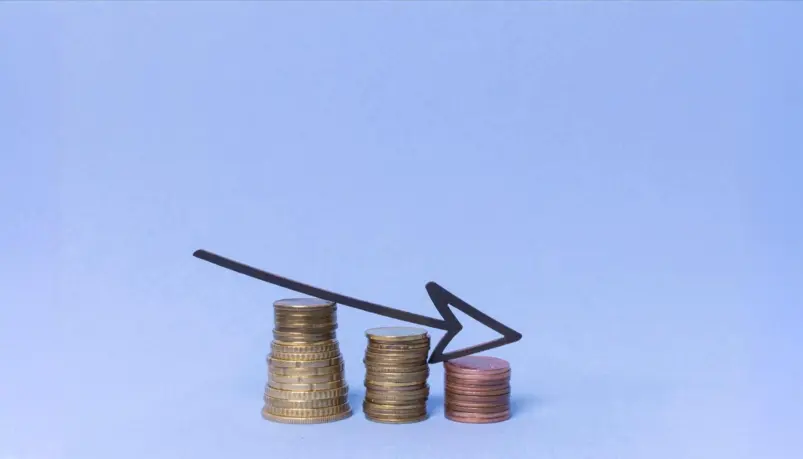In recent years, Kirkkonummi has demonstrated strong growth potential and a willingness to develop. The municipality’s vision is to be a vibrant, sustainable, and growing community that provides high-quality services to all its residents.
The goal of reducing the municipal tax rate from 7.1% to 5.3% over the next decade may sound ambitious, but it is achievable by focusing on three key strategies: population growth, improving cost efficiency, and strengthening the economic foundation.
1. Managed Population Growth
Increasing the number of residents in Kirkkonummi is essential to boost tax revenues while reducing the tax rate. However, the goal is not just to increase the population but to attract new families, employees, and entrepreneurs who bring tax revenue and economic activity.
What This Requires:
- Diverse Housing Options: Kirkkonummi should invest in developing residential areas with various housing options for all ages. New zoning and construction projects can create attractive neighborhoods, especially for families and working-age residents.
- Improved Transportation Links: Kirkkonummi’s proximity to the capital region is already a competitive advantage, but transportation connections should be further developed. Efficient public transport makes the area more attractive and promotes sustainable mobility.
- Services for New Residents: A growing population increases the need for schools, daycare centers, and other essential services. Investing in these services is necessary to attract new residents and create additional jobs in the area.
2. Improving Cost Efficiency
While population growth can increase demand for services, service costs do not have to rise at the same rate. Improving cost efficiency is crucial to maintaining high-quality services while keeping expenses under control.
Key Actions:
- Utilizing Digital Services: Kirkkonummi can implement modern technologies to streamline service processes. For example, digital self-service solutions can reduce administrative costs and improve service accessibility.
- Energy Efficiency and Green Solutions: Enhancing the energy efficiency of public buildings and utilizing renewable energy can lower long-term costs. This also supports the municipality’s climate goals.
- Inter-Municipal Cooperation: Collaboration with neighboring municipalities in organizing specialized services can lead to cost savings. Pooling resources can create greater efficiency without compromising service quality.
3. Strengthening the Economic Foundation
A growing and prosperous Kirkkonummi not only attracts new residents but also businesses and investments. Strengthening the local economy is essential to finance future services and investments.
Key Strategies:
- Business-Friendly Environment: Kirkkonummi should offer attractive opportunities for businesses, such as commercial plots and streamlined permit processes. This creates jobs and increases corporate tax revenue.
- Tourism and Event Development: Kirkkonummi’s nature, culture, and events can attract visitors. Tourism can become a significant source of income that supports the local economy.
- Public and Private Investments: Large infrastructure and development projects, such as school construction and public transport improvements, can generate long-term benefits for both the municipality and its residents.
How Can This Vision Become Reality?
Achieving a 5.3% municipal tax rate within the next ten years is not impossible, but it requires planning and the courage to reform operational models. Kirkkonummi must see itself as a developing municipality that attracts new residents, acts responsibly, and invests in economic sustainability. This way, we can create a future where the tax rate decreases without service cuts while simultaneously enhancing the region’s vitality and attractiveness.
Kirkkonummi can serve as an example of how a modern municipality balances growth and responsibility for the benefit of its residents. Is it time to set this vision as a goal? I believe the answer is yes! Leave your comments, and let’s continue the discussion!


